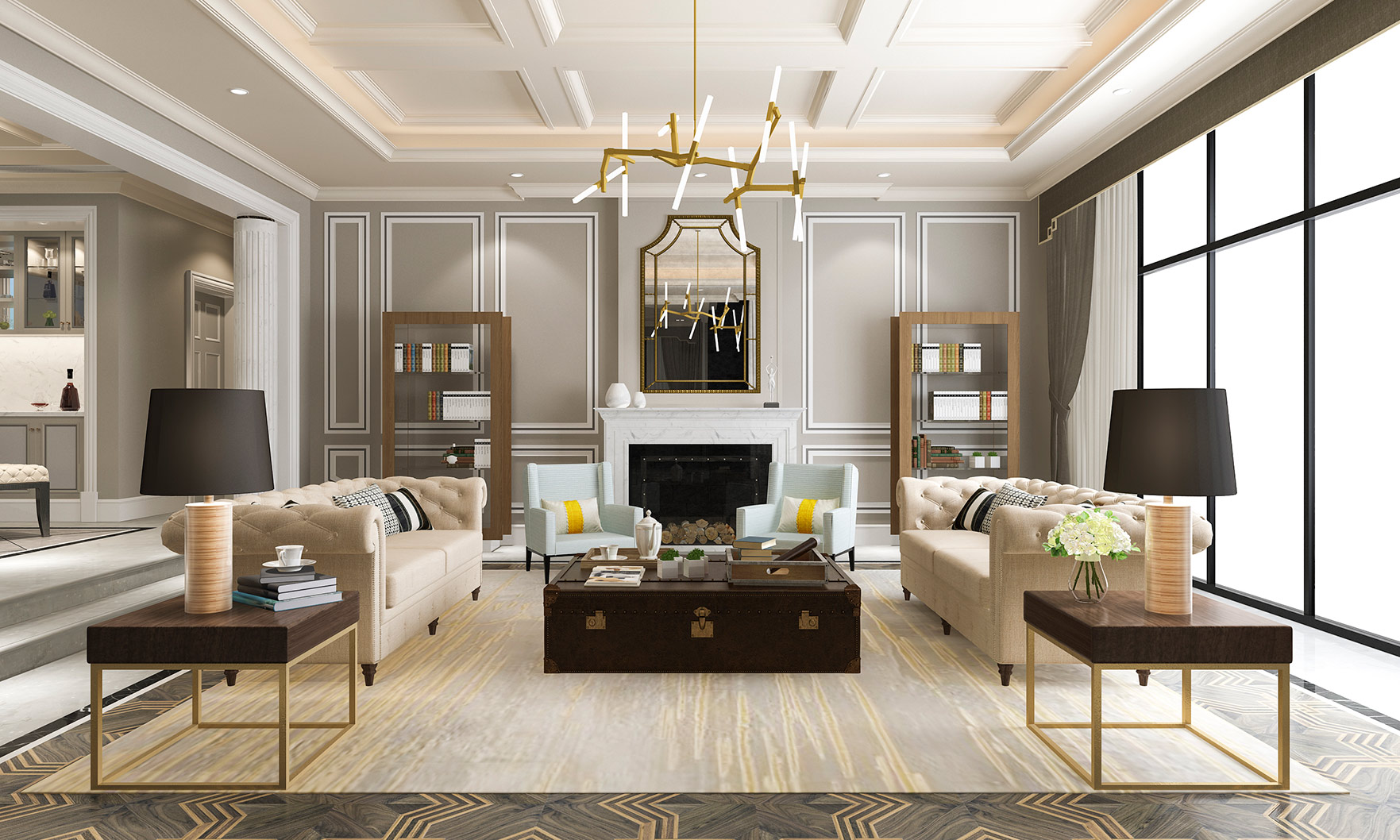As high-end properties spend more time on the market and those who own luxury-level properties find they have to readjust their expectations, it’s more important than ever for brokers who work in this segment to be aware of the latest trends.
Overall trends
With today’s release of Coldwell Banker’s annual Global Luxury Report, agents can get a better understanding of what the top 1 percent look for in their homes. One trend noted in the report among luxury homebuyers was the movement of wealthy buyers from “traditional luxury hotbeds in the biggest cities” to more cost-effective areas with lower property taxes.
Additionally, researchers found the luxury home market has witnessed a push toward “the broad concept of wellness,” which has come to include the expectation of eco-friendly technology and sustainable building practices.
Demographics are changing this group, too. The luxury market has seen an influx of millennial buyers and buyers from the LGBTQ community, with “LGBTQ individuals control[ling] upwards of $1 trillion in annual buying power, conferring an economic clout on par with that of the total millennial generation.”
Shifting desires
Using data from a poll of Coldwell Banker luxury property specialists, the report outlined the most and least desirable features of luxury homes. Seventy-two percent of respondents noted that “outdoor living spaces are a necessity for today’s affluent homebuyer.” Respondents also observed that luxury buyers were looking for homes with multifunctional rooms (that served as flex spaces), vehicle storage, home automation, open-concept floor plans and au pair suites.
Under the umbrella of home automation, buyers were looking for smart security systems, temperature control, automated lighting, wireless sound systems and electric car docking stations. Wealthy buyers also showed a preference for homes that were newly built or move-in ready.
On the other hand, when asked about features that wealthy people find undesirable in a home, 40 percent of luxury specialists said that “highly customized features” were considered a negative. Specifically, tennis courts and indoor pools are of waning interest to affluent homebuyers.
An interesting trend that has recently emerged is a disinterest in homes with large square footage. Although still within a minority, 32 percent of respondents said their customers preferred smaller homes. “Boomers want to downsize, and millennials will sacrifice square footage for in-town locations near the action,” according to the report.
What’s happening locally
In Chicago, many luxury buyers are looking for condominiums converted from “commercial and industrial properties in prime urban areas,” such as the ongoing Tribune Tower project.
Chezi Rafaeli, a luxury specialist at Coldwell Banker Residential Brokerage on Michigan Avenue, noted some of the features that are especially important to Chicago buyers. “To get more than $1,000 per square foot, you need unique amenities like floor-to-ceiling windows, amazing views, terraces or balconies, open floor plans, fireplaces, moldings, and high ceilings,” he was quoted as saying in the report. Luxury buyers “want five-star amenities, a doorman, indoor swimming, a state-of-the-art fitness center, and the new thing is to have rooms for billiards and games, barbecues by the pool, and miniature golf.”
Since last year, Chicago’s median list price for the top 5 percent of luxury single-family homes has decreased by nearly $60,000 to $1.7 million. However, the year-over-year ratio of sales price to listing price has stayed at 95.2 percent, with a median list price of $1.5 million.
The report noted that Chicago’s luxury single-family home market remains a buyer’s market. The median number of days that luxury single-family homes stay on the market has doubled since last year, with it now taking an average of 113 days to move a property.
Similarly, the top 5 percent of Chicago’s luxury condominium market has experienced a decline. With a median list price of just over $1.3 million, condominiums have lost almost $150,000 of their value on average from last year. The year-over-year difference in median sold price is less drastic, with a drop of $17,000. While the list-to-sales ratio has remained consistently around 97 percent since last year, the average amount of time luxury condominiums spend on the market has increased by nearly 33 percent, with a new average of 83 days on the market. Sales have also slowed, and paired with a growing inventory of condominiums, the sales ratio decreased by almost 3 percent, now at 9.86 percent. Even so, the report noted that Chicago’s luxury condominium market is also still a buyer’s market.
